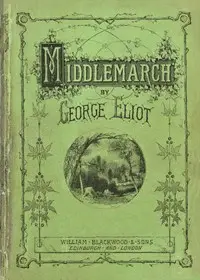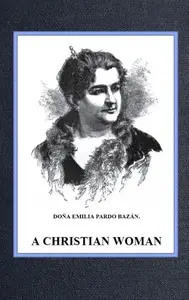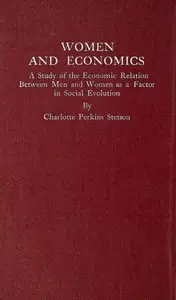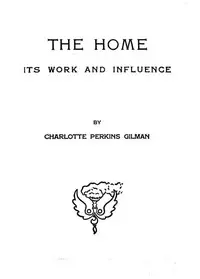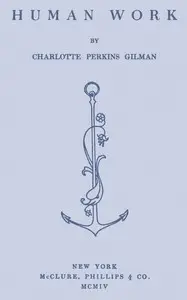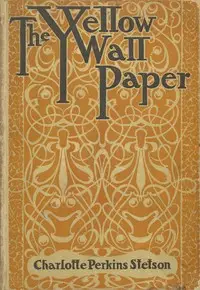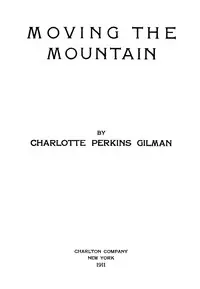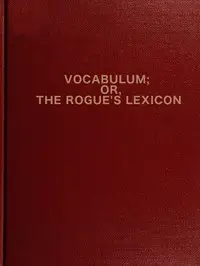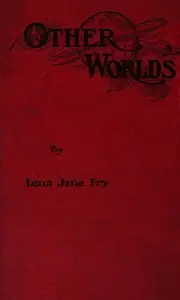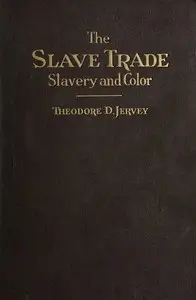"What Diantha Did" by Charlotte Perkins Gilman is a story set in the late 1800s. It follows Diantha Bell, a young woman navigating the expectations of what women should do against her own dreams, as well as her duty to her family. Her mother, Mrs. Bell, and her fiancé, Roscoe Warden, shape her choices; Roscoe is dealing with his own set of challenges, such as family debts and the grocery store he inherited. Diantha is practical and eager to work, yet she feels a weight of obligation to her family, which pulls her in a different direction. The story sets the stage for Diantha's big questions around love, what she owes to others, and her personal goals.

What Diantha Did
By Charlotte Perkins Gilman
A determined young woman must choose between fulfilling her obligations to her family and pursuing her own ambitious dreams.
Summary
About the AuthorCharlotte Perkins Gilman, also known by her first married name Charlotte Perkins Stetson, was an American humanist, novelist, writer, lecturer, early sociologist, advocate for social reform, and eugenicist. She was a utopian feminist and served as a role model for future generations of feminists because of her unorthodox concepts and lifestyle. Her works were primarily focused on gender, specifically gendered labor division in society, and the problem of male domination. She has been inducted into the National Women's Hall of Fame. Her best remembered work today is her semi-autobiographical short story "The Yellow Wallpaper", which she wrote after a severe bout of postpartum psychosis.
Charlotte Perkins Gilman, also known by her first married name Charlotte Perkins Stetson, was an American humanist, novelist, writer, lecturer, early sociologist, advocate for social reform, and eugenicist. She was a utopian feminist and served as a role model for future generations of feminists because of her unorthodox concepts and lifestyle. Her works were primarily focused on gender, specifically gendered labor division in society, and the problem of male domination. She has been inducted into the National Women's Hall of Fame. Her best remembered work today is her semi-autobiographical short story "The Yellow Wallpaper", which she wrote after a severe bout of postpartum psychosis.



